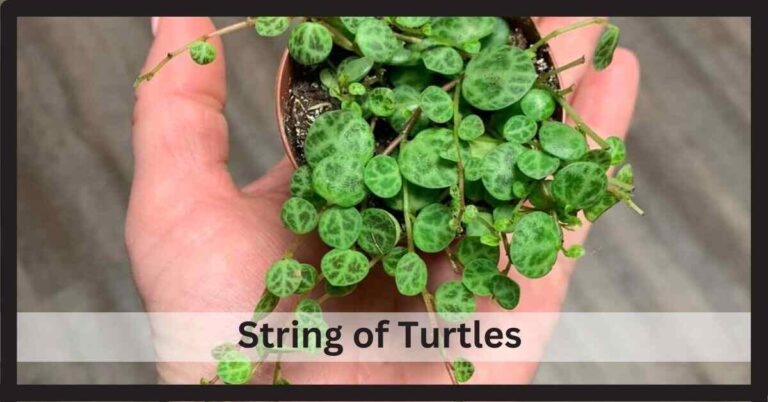Anthurium radicans, also known as the climbing anthurium, is a stunningly beautiful plant that is native to Central and South America. This tropical species is a member of the Araceae family and is characterized by its large, heart-shaped leaves and bright red flowers that bloom year-round. This plant is an excellent choice for those looking to add a splash of color and exoticism to their homes or gardens.

Botanical Classification
| Kingdom | Plantae |
| Clade | Tracheophytes |
| Clade | Angiosperms |
| Clade | Monocots |
| Order | Alismatales |
| Family | Araceae |
| Genus | Anthurium |
| Species | Anthurium Radicans |
Benefits of growing Anthurium Radicans
Growing Anthurium Radicans has many benefits, both for the plant owner and the environment. Here are a few benefits of growing Anthurium Radicans:
- Air purification: Anthurium Radicans has been shown to purify the air by removing harmful pollutants such as formaldehyde, benzene, and ammonia. This makes it an excellent plant for improving indoor air quality, especially in spaces with poor ventilation.
- Aesthetic appeal: Anthurium Radicans is an attractive plant that adds a touch of tropical elegance to any indoor or outdoor space. Its dark green foliage and striking red flowers are eye-catching and can be used to enhance the aesthetic appeal of any setting.
- Low maintenance: Anthurium Radicans is a relatively low-maintenance plant, making it an excellent choice for busy plant owners or those new to plant care. With the right growing conditions, Anthurium Radicans can thrive with minimal attention.
- Stress reduction: Studies have shown that being around plants can reduce stress and improve overall well-being. Anthurium Radicans can provide a calming effect on its owners, making it an excellent choice for those looking for a natural way to reduce stress.
- Biodiversity: By growing Anthurium Radicans, plant owners can contribute to biodiversity by providing habitat for insects and other small animals. This helps to support a healthy ecosystem and promote a more sustainable environment.
Overall, growing Anthurium Radicans is a rewarding and beneficial experience for both plant owners and the environment. With its air-purifying qualities, aesthetic appeal, low maintenance, stress-reducing benefits, and contribution to biodiversity, Anthurium Radicans is an excellent choice for any plant lover.
How to care for Anthurium Radicans
| Characteristics | Description |
|---|---|
| Light Requirements | Medium to bright indirect light |
| Temperature Range | 60°F to 80°F (15°C to 27°C) |
| Watering Needs | Keep soil moist, but not waterlogged |
| Humidity Needs | High humidity (60% or higher) |
| Soil Type | Well-draining potting mix |
| Fertilizer Needs | Monthly during growing season |
| Common Pests | Spider mites, mealybugs |
| Common Diseases | Root rot, leaf blight |
Note: These are general characteristics and may vary depending on the specific environment and care provided to the plant.
Propagation of Anthurium Radicans
Anthurium Radicans can be propagated through several methods such as division, stem cuttings, and seed germination.
Here’s a brief overview of each propagation method:
- Division: The most common method of propagating Anthurium Radicans is through division. This method involves separating the parent plant into smaller sections, each with its own roots and stems. To do this, carefully remove the plant from its pot and gently separate the roots and stems. Each new section should have several stems and a healthy root system. Repot each section in a well-draining potting mix, and water thoroughly.
- Stem Cuttings: Stem cuttings are another way to propagate Anthurium Radicans. Cut a healthy stem from the parent plant, making sure it has at least one leaf and a node. Dip the cut end of the stem in rooting hormone and plant it in a well-draining potting mix. Keep the soil moist and in a warm, humid environment until new growth appears.
- Seed Germination: Anthurium Radicans can also be propagated by seed germination, though this method is less common. Collect mature seeds from the plant and plant them in a well-draining potting mix. Keep the soil moist and in a warm, humid environment until the seeds germinate and new growth appears.
Propagation of Anthurium Radicans is relatively easy, and new plants can be grown with little effort. It’s important to remember that the parent plant must be healthy and disease-free for successful propagation.
Q. How much light does Anthurium Radicans need?
Anthurium Radicans prefers medium to bright indirect light. Direct sunlight can scorch its leaves, while low light can result in slow growth and fewer flowers.
Q. How often should I water Anthurium Radicans?
Anthurium Radicans prefers consistently moist soil, but not waterlogged. Water it when the top inch of soil feels dry to the touch. Be careful not to overwater, as this can lead to root rot.
Q. Does Anthurium Radicans need high humidity?
Yes, Anthurium Radicans prefers high humidity (around 60% or higher). To increase humidity, you can mist the leaves regularly or place a humidifier near the plant.
Q. What are common pests and diseases of Anthurium Radicans?
Common pests of Anthurium Radicans include spider mites and mealybugs. Common diseases include root rot and leaf blight. Ensure the plant is kept in optimal conditions, not overwatered, and kept in clean surroundings to avoid pest and disease problems.




